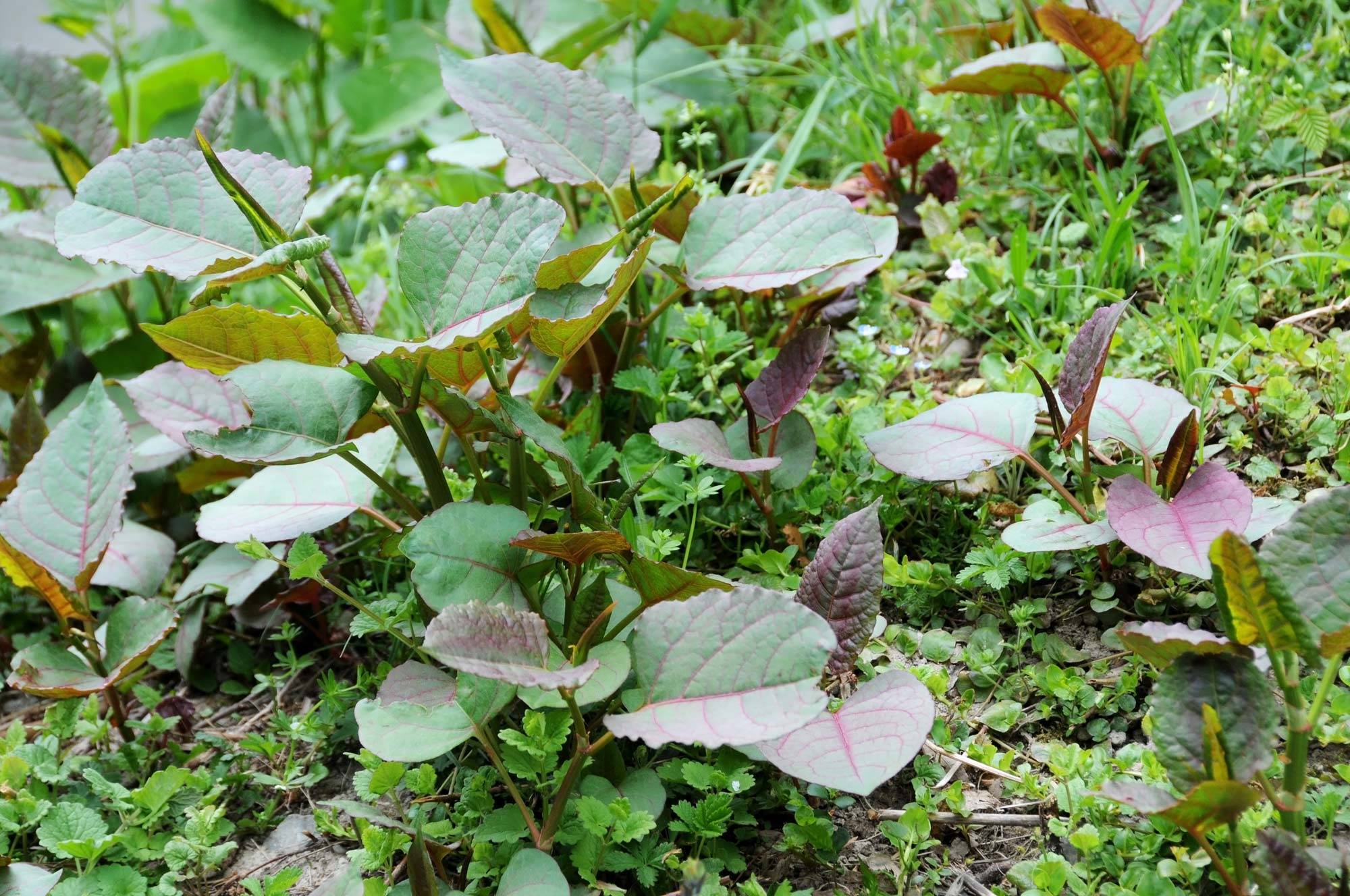I have it in my garden.
Landlord takes almost no responsibility, much to the consternation of the home owning neighbour... I don't mind too much though for the dogs' sake..
Since being treated either side however i have found it is much reduced in our garden. What i also read, before it was being treated either side, and have found to work, was that if you cut each stem down to two to four inches above the ground, it stops it spreading. Takes longer to eradicate this way (read ten years..) than using chemicals, but obviously much more preferable. This then leaves opportunity to also be injected with poison later, with much less amount of toxic plant for bees and such like to land on and die (JK is apparently very attractive to bees, though not noticed it myself). Just DO NOT DIG - it is the roots being disturbed that makes it go mental.
Really pleased to read above of that new alternative treatment method.
On the plus side, the stems can be eaten, raw or cooked. Very similar to rhubarb in taste, behaviour when being cooked and nutritional value. My mate referred to it as "funky rhubarb"! Best used when fresh and soft, otherwise can be quite woody and/or stringy. Apparently the roots are used in Chinese medicine, though for obvious reasons we should not be harvesting them, unless i guess it is grown (and strictly kept) in pots... And best not consume any of it once it has been treated with glyphosate..

